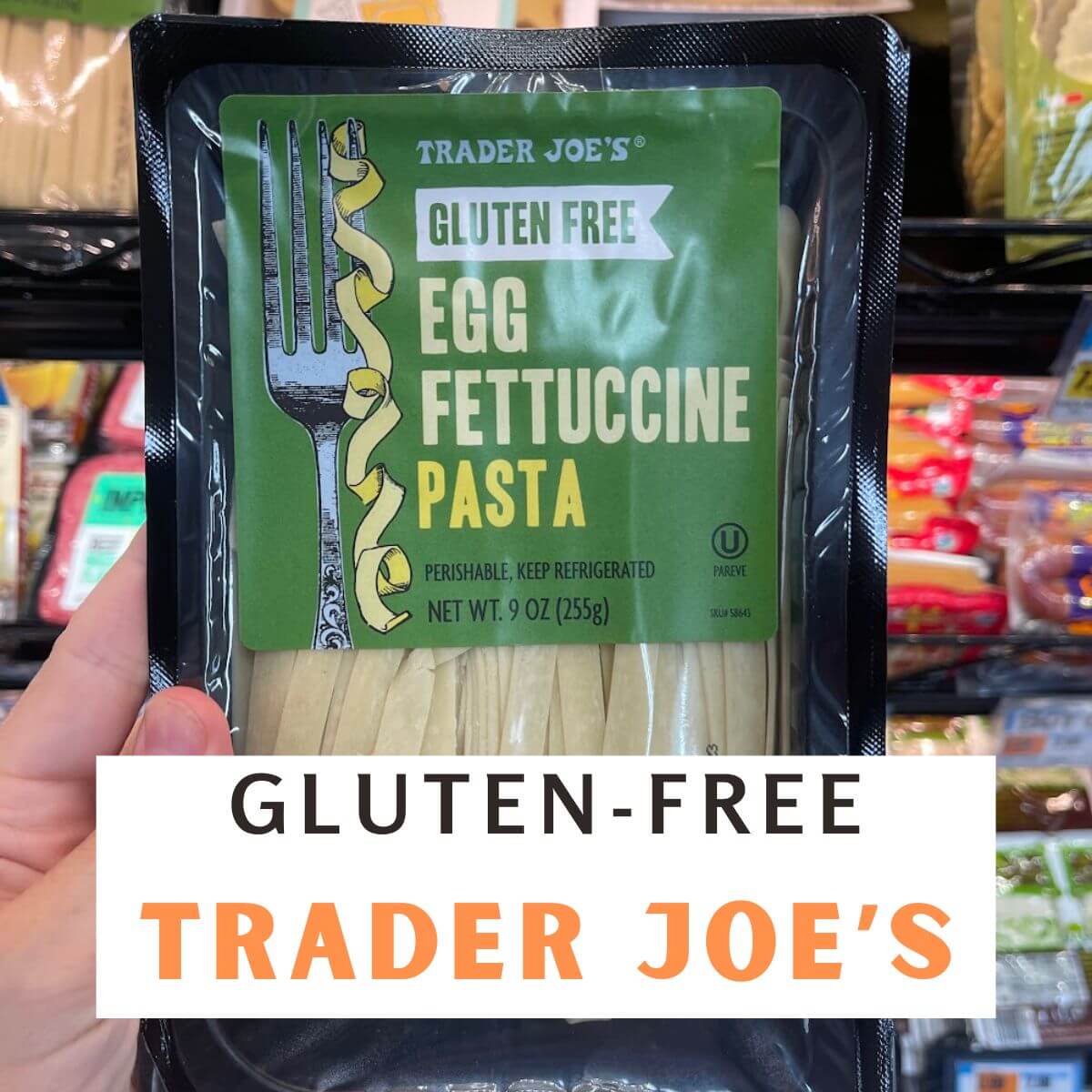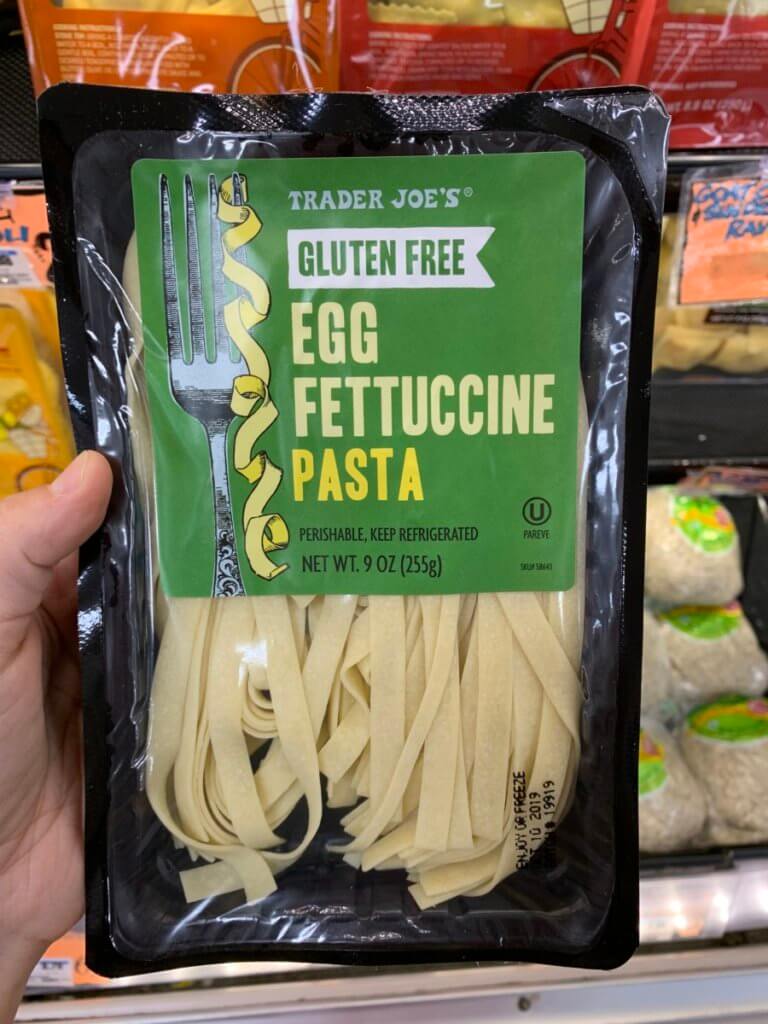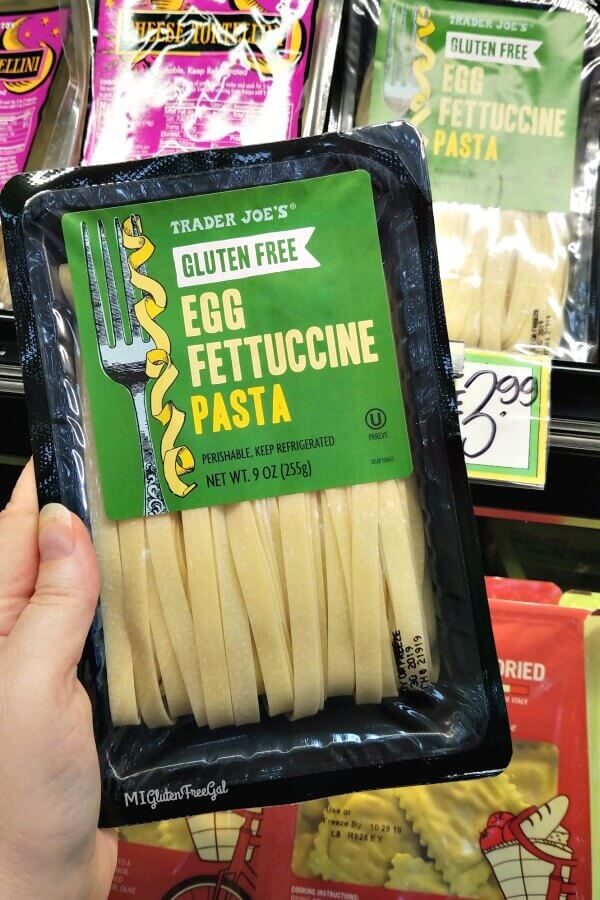Gluten-Free Living - Your Guide To Feeling Well
For many folks, thinking about what we eat is a big part of our day, and sometimes, certain foods just don't sit right. It's interesting how some eating patterns become quite talked about, and one that has really gained a lot of attention lately is the idea of eating without gluten. This way of eating is becoming more and more common, with a growing number of people looking into it for various personal reasons, you know, for their own health and comfort.
When you start looking into this, you find that a lot of what we eat every day, things we might not even think twice about, actually contain this particular protein. It's in grains like wheat, barley, and rye, and even in combinations of these, such as triticale, which is a mix of wheat and rye. This protein, gluten, plays a part in helping foods keep their shape, giving them that chewiness we often expect, so it’s pretty widespread in many baked goods and other prepared items. You might be wondering, then, if it’s so common, why would someone choose to stay away from it? Well, there are a few very good reasons why someone might need to, or even just feel better doing so, as a matter of fact.
This discussion is here to help you get a clearer picture of what gluten is, why some people really need to keep it out of their diet, and how you can manage that if it turns out to be something you need to do. We'll look at what foods have gluten, what wonderful things you can enjoy instead, and even give you some ideas for putting together your own meals. We’ll also share some helpful information about finding safe places to eat out, like those spots in Kentucky with kitchens completely free of gluten, so you don’t have to worry at all. You’ll probably want to keep this information handy, it's almost a little guide for your kitchen.
Table of Contents
- What Exactly Is Gluten?
- Who Should Consider a Gluten-Free Diet?
- What Foods Contain Gluten?
- Eating Without Gluten - What Are Your Food Choices?
- How Do You Plan a Gluten-Free Meal?
- Finding Safe Gluten-Free Places to Eat Out
- Making Your Kitchen a Gluten-Free Zone
- Is a Gluten-Free Diet for Everyone?
What Exactly Is Gluten?
So, what exactly are we talking about when we say "gluten"? Well, it's a kind of protein, a building block, that you find naturally in certain grains. Think of grains like wheat, barley, and rye. It's also in grains that are a mix of these, like triticale, which, as I was saying, combines wheat and rye. This protein has a special job in food, it helps things hold their shape. It's what gives bread that springy, chewy texture, and helps dough stretch and rise, you know, it's quite a remarkable little component.
When you bake, for instance, gluten acts like a sort of glue, keeping everything together. It gives structure to cakes, elasticity to pasta, and that satisfying bite to many of our favorite baked goods. It’s pretty much everywhere in the standard Western diet, appearing in many processed foods where you might not even expect it. This is why, when someone needs to stay away from it, they often have to be quite careful about reading food labels and understanding what ingredients are used, as a matter of fact.
Who Should Consider a Gluten-Free Diet?
Now, while this way of eating is becoming more and more common, it's not something everyone needs to do. However, for some folks, staying away from gluten is not just a preference; it’s a medical necessity. The most well-known situation where this is the case is with celiac disease. People who have celiac disease absolutely must eat food that does not contain gluten, as it causes a serious reaction in their small intestine, which can lead to various health problems if they don't, you know, stick to a very strict diet.
- Jayshree Gaikwad Web Series Online
- Chris Kempczinski Salary
- Did Kourtney Kardashian File For Divorce
- Sam Travolta
- Chelsea Meissner Daughter
Beyond celiac disease, there are other situations where a person might find benefit from eating without gluten. Some individuals experience what's called non-celiac gluten sensitivity. For these people, eating gluten can bring about symptoms like stomach upset, bloating, or even a general feeling of being unwell, even though they don't have the specific intestinal damage seen in celiac disease. For them, a diet without this protein can really help them feel better and improve their daily comfort, it's almost a different way of looking at what makes you feel good.
Then, there are those who simply choose to eat without gluten because they feel better doing so, even without a formal diagnosis. This could be due to a variety of reasons, perhaps they notice less bloating or more energy when they cut it out. It's true that this eating pattern has gained a lot of attention, and for good reason, as it helps many people manage their health and well-being, nearly changing how they experience food.
What Foods Contain Gluten?
Knowing which foods have gluten inside them is a really important step if you're looking to eat without it. As we talked about, the main culprits are grains like wheat, barley, and rye. This means that many common items made from these grains will contain gluten. Think about your everyday bread, pasta, cakes, and most breakfast cereals, you know, they often have wheat flour as a main ingredient.
But it's not just the obvious things. Gluten can hide in places you might not expect. It's often used as a thickener or stabilizer in sauces, dressings, soups, and even some processed meats. So, things like soy sauce, certain broths, or even some types of candy can have it. This is why getting into the habit of looking at ingredient lists on food packages is quite a useful skill, basically, it's your best friend when you are trying to figure out what is safe to eat.
Remember that triticale, the hybrid grain? That's another one to watch out for. Sometimes, food products might use less common grain names or ingredients that are derived from these grains, so it's always a good idea to be a little bit cautious and check if you are unsure. This awareness helps you make choices that keep you feeling well and avoid any accidental intake, as a matter of fact.
Eating Without Gluten - What Are Your Food Choices?
Once you know what to stay away from, the next natural question is, "What can I eat instead?" The good news is that there are so many delicious and naturally gluten-free foods out there! You don't have to feel like your options are limited; in fact, you might discover a whole new range of foods you really enjoy. Think about all the fresh fruits and vegetables, for example, they are naturally free of gluten and packed with good things for your body.
Meats, poultry, fish, and eggs are also naturally free of gluten, as long as they haven't been processed or prepared with gluten-containing ingredients like breading or marinades. Dairy products, like milk, cheese, and yogurt, are generally fine too, unless they have added ingredients. Nuts, seeds, and legumes (like beans and lentils) are other wonderful choices that bring a lot of goodness to your plate, basically, there are so many options to explore.
For grains, there are plenty of alternatives that don't have gluten. Rice, corn, quinoa, buckwheat, millet, and oats (if certified gluten-free, as they can be cross-contaminated during processing) are all great options. You can find flours made from these grains to use in baking, and there are many products like pasta and bread made from these alternatives now available in most grocery stores. It’s pretty exciting how many choices there are, you know, it makes eating without gluten much easier than it used to be.
How Do You Plan a Gluten-Free Meal?
Planning your meals when you're eating without gluten might seem a little bit tricky at first, but with a few simple steps, it becomes quite easy. The key is to focus on those naturally gluten-free foods we just talked about and build your meals around them. Start with a protein source, add a generous serving of vegetables, and then choose a gluten-free grain or starchy vegetable. This basic formula can create countless delicious and satisfying meals, really.
For example, if you're wondering what to make for dinner tonight, you could think about a grilled chicken breast with roasted sweet potatoes and a big salad. Or maybe some baked salmon with quinoa and steamed green beans. The possibilities are honestly endless once you get the hang of it. Having a good list of safe foods handy can also be a real help when you're doing your grocery shopping or thinking about what to cook, as a matter of fact.
Sample Gluten-Free Menu Ideas
To give you a clearer picture, here are some ideas for a day of eating without gluten:
- Breakfast: Scrambled eggs with spinach and mushrooms, alongside a bowl of gluten-free oatmeal topped with berries and nuts.
- Lunch: A large salad with grilled chicken or chickpeas, plenty of mixed greens, cucumber, tomatoes, and a simple vinaigrette dressing. You could also have a side of corn tortillas with avocado.
- Dinner: Baked cod with a side of brown rice and steamed broccoli. Another idea could be a stir-fry with rice noodles, lots of vegetables, and your choice of protein, using a gluten-free soy sauce alternative.
- Snacks: Fresh fruit, a handful of almonds, rice cakes with peanut butter, or some plain yogurt.
This kind of structure helps ensure you're getting a good mix of nutrients while staying completely free of gluten, it's almost like a simple blueprint for your daily food choices.
Finding Safe Gluten-Free Places to Eat Out
Eating out when you're avoiding gluten can sometimes feel a bit like a puzzle, but it doesn't have to be. More and more restaurants are becoming aware of the need for gluten-free options, and some places go above and beyond to make sure their food is safe. For example, there are places, like some food establishments in Kentucky, that are known for being particularly safe for people with celiac disease or gluten sensitivity.
What makes these places stand out is that they often have 100% gluten-free kitchens. This means that there's no gluten-containing flour or ingredients floating around, which greatly reduces the risk of cross-contamination. When a kitchen is entirely free of gluten, you don't have to worry about your food coming into contact with gluten from shared fryers, cutting boards, or cooking surfaces. This provides a huge sense of relief for anyone who needs to be strictly gluten-free, you know, it takes away a lot of the stress.
When you're looking for safe places, it's always a good idea to call ahead or check their website. Many restaurants will clearly state their policies and offer dedicated gluten-free menus. Don't be afraid to ask questions about how they prepare their food; a good restaurant will be happy to explain their procedures and ensure your meal is safe. It's almost like being a detective for your dinner, but a very rewarding one.
Making Your Kitchen a Gluten-Free Zone
For those who need to keep gluten out of their diet entirely, especially people with celiac disease, making your own kitchen a safe space is very important. This means being mindful of cross-contamination, even at home. Things like shared toasters, cutting boards, or even colanders can transfer tiny bits of gluten from one food to another. So, you might need separate items for preparing gluten-free meals, or at least be very thorough with cleaning, basically, it's about being super careful.
Storing gluten-free foods separately from other items in the pantry and fridge can also help. Using different colored cutting boards or distinct sets of utensils can be a simple way to keep things clear. It might seem like a lot of effort at first, but once you get into the routine, it becomes second nature. This attention to detail ensures that your home is a truly safe haven for your eating needs, you know, a place where you can relax about your food.
Is a Gluten-Free Diet for Everyone?
While we've talked about how helpful a gluten-free diet can be for many, it's also worth remembering that it may not be necessary or bring special benefits for everyone. For people without celiac disease or non-celiac gluten sensitivity, cutting out gluten might not offer any particular health advantages. In fact, some gluten-containing grains, like whole wheat, provide important nutrients such as fiber and certain vitamins, so removing them without a specific reason could mean missing out on some good things for your body, as a matter of fact.
If you're thinking about changing your eating habits, it's always a good idea to talk with a healthcare professional or a registered dietitian. They can help you figure out if a gluten-free diet is right for you and how to make sure you're still getting all the nutrients you need. They can also help you understand the definition of a gluten-free diet, which is an eating plan that takes away all foods that have that protein called gluten. This helps ensure that any changes you make are safe and truly support your overall health, you know, it's about making informed choices.
So, whether you're dealing with celiac disease, have a sensitivity, or are just curious, understanding what gluten is, where it hides, and what your options are for eating without it can make a big difference. We've looked at why some people should stay away from gluten and how to do it, seen examples of foods that contain gluten and what to eat instead, and even thought about how to plan your meals with a sample menu. We also touched on finding safe places to eat out, like those with 100% gluten-free kitchens, so you don't have to worry about your food.
- Kelsey Grammer
- Are Sean Lew And Kaycee Rice Still Friends
- Danny Trejo Net Worth
- Tiffany Coyne
- Evonitz Wife

Trader Joe's Gluten-Free Products – The Nomadic Fitzpatricks

Gluten-Free Fettuccine Alfredo - The Nomadic Fitzpatricks

Trader Joe's Gluten Free Finds - MI Gluten Free Gal